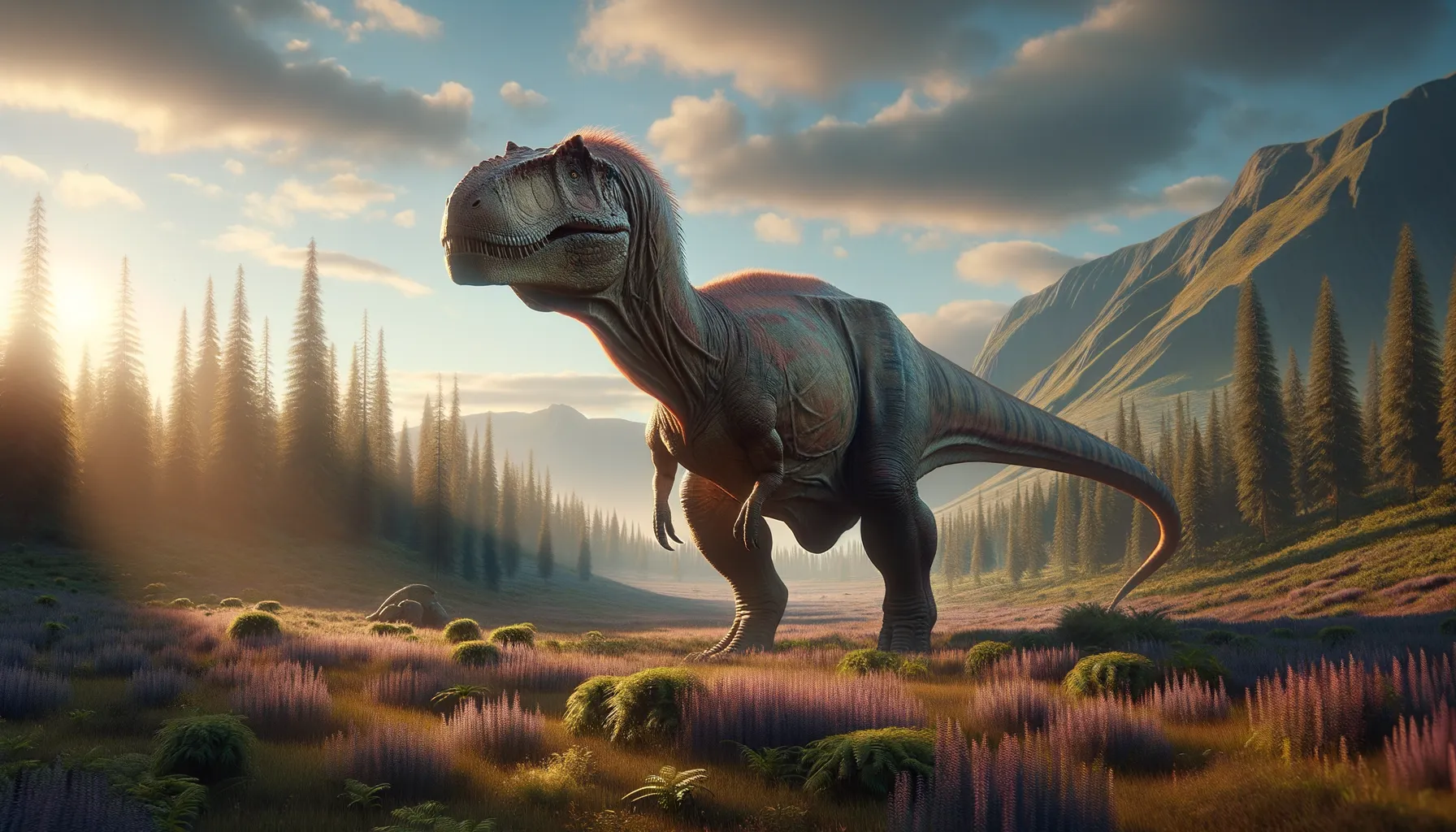
Neosodon
Giant of the Jurassic forests and plains.
Period
triassic
Length
Estimated to be over 10 meters long.
Height
Potentially several meters tall at the shoulder.
Weight
Likely several tons based on similar species.
Neosodon was a large herbivorous dinosaur that roamed the Earth's forests and plains during the Jurassic period. Its remains were first discovered in the 19th century, offering a glimpse into the past life forms that dominated our planet. With its large body, it's assumed to have been a slow-moving giant, sharing its habitat with a variety of other prehistoric life forms. Despite its size, much about Neosodon remains a mystery due to limited fossil evidence.
Diet
Neosodon was primarily herbivorous, feeding on a variety of plant life available during the Jurassic period. It likely consumed high-fiber vegetation, such as ferns and conifers, which were abundant at the time. Its diet was essential for maintaining its massive size.
Hunting
As a herbivore, Neosodon did not hunt for food but rather grazed on available plant materials. Its slow pace and large size allowed it to spend most of its day searching for and consuming food. To protect itself from predators, Neosodon may have relied on its size and herd behavior.
Environmental challenges
The Jurassic period presented challenges like changing climates and competing species. Neosodon faced predators seeking to exploit opportunities in its environment. Additionally, natural disasters and shifting landscapes forced adaptation for survival. These challenges shaped how it interacted with its ecosystem.
Speed
Estimated to be relatively slow due to heavy build.
Lifespan
Possibly several decades like other large herbivores.
First discovery
Found in the 19th century in Europe.
Fun Facts
- Neosodon is known from fossil remains that were discovered in France, making it a European dinosaur.
- The name 'Neosodon' means 'New Tooth', which reflects the initial discovery of its teeth fossils.
- Neosodon lived during the Late Jurassic period, approximately 150 million years ago.
- This dinosaur was a sauropod, part of the group that includes some of the largest animals to ever walk the Earth.
- Though not much is known about Neosodon due to limited fossils, it is believed to have been a long-necked, herbivorous dinosaur.
- Neosodon's fossils were first described in the mid-1800s by French paleontologist Paul Gervais.
- Despite being known primarily from teeth, Neosodon sparks interest due to its potential connections to other sauropods.
Growth and Development
Neosodon likely experienced a rapid growth phase in its early years, similar to other large dinosaurs. This growth helped it reach a size that could deter predators. Development would have continued until maturity, adjusting its diet and habitat preferences over time.
Habitat
Neosodon thrived in lush, forested environments of the Jurassic period. Its habitat included regions with plentiful vegetation for feeding. The dinosaur's presence in these areas contributed to the ecosystem's biodiversity. Environmental conditions modified its habitat over time, influencing its evolution.
Interaction with other species
Neosodon coexisted with various flora and fauna in its ecosystem, forming complex food webs. It likely competed with other herbivores for resources like food. Additionally, interactions with predators required it to adopt defensive strategies. Symbiosis with other species may have shaped mutual survival tactics.
Natural lifespan
Neosodon may have lived for several decades naturally.
Reproduction
Reproduction likely involved laying eggs in secure nesting sites. Neosodon may have exhibited some form of parental care to ensure the survival of its offspring. The reproductive cycle could have been synchronized with environmental cues. Hatchlings would have relied on vegetation for sustenance.
Social behaviour
Neosodon may have exhibited herd behavior to protect against predators. This social structure provided advantages in resource competition and survival. Social interactions likely included communication methods to coordinate movements. Understanding of its social behavior remains limited due to sparse fossil record.
Fossil locations
Neosodon's fossil remains have primarily been found in Europe. Initial discoveries provided insights into its existence during the Jurassic period. Fossil locations suggest a widespread distribution across certain regions. Continued excavations may reveal additional sites.
